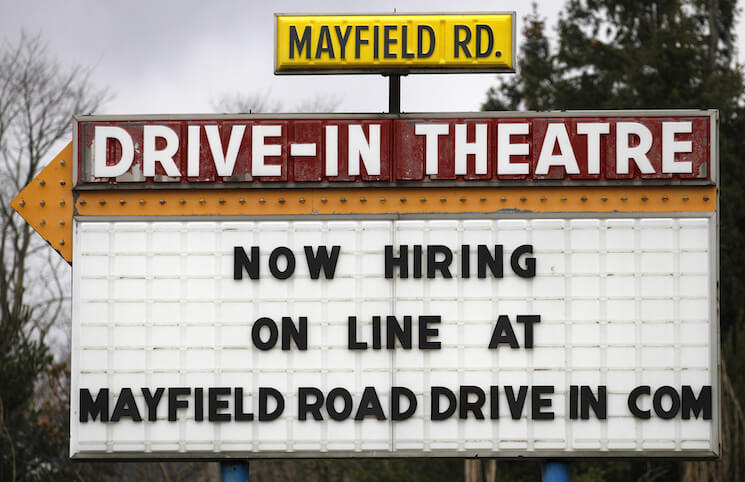U.S. job growth slows in January, as the nation remains years away from full employment

After unusually warm weather helped boost U.S. employment growth at the end of 2015, job growth slowed a bit last month. According to the latest data from the Bureau of Labor Statistics, U.S. employers added 151,000 jobs last month, compared to the 262,000 jobs added in December. The best news in today’s report was that the nation’s prime-age employment rate jumped to 77.7 percent, but at current rates, the United States is still years away from full employment.
A slower pace of job gains early this year is expected, as some employers compensate for faster-than-usual hiring in December when the weather was unseasonably warm. Some of the warm weather at the end of 2015 may have also pulled hiring forward in the construction industry. Construction employment growth slowed significantly in January as the industry added only 18,000 jobs, compared to 48,000 new construction jobs in December. In contrast, the opposite trend occurred in retail, which may have been depressed during the warm weather in December as consumers avoided purchasing winter apparel. Retail employment growth was flat in December, but the sector posted strong gains of 57,700 jobs last month.
The pace of U.S. wage growth has also increased somewhat this year, now growing at a 2.5 percent annual rate. In particular, wages grew by 3.2 percent at an annual rate in the leisure and hospitality sector, which includes restaurants. Faster wage growth in these industries relative to the overall private sector is partially due to minimum-wage increases in January. Around the start of last month, 14 states and several cities and localities raised their minimum wages. Employees in the leisure and hospitality industry are more likely to be minimum-wage workers than employees in any other major sector.
The 2.5 percent wage growth rate is substantially better than the 2.1 percent average growth over 2014, and slightly better than the 2.3 percent average growth over 2015. But current rates are still far below what would be considered healthy wage growth. If the Federal Reserve maintains a long-run 2 percent inflation target, and U.S. productivity grows at roughly 1.5 percent annually, the workforce requires annual, sustained wage growth of at least 3.5 percent to keep income inequality from rising.
As the Fed considers slowing the economy further by raising interest rates, it’s also worth considering how far the United States remains from full employment. Estimates of full employment vary, but one natural point of comparison is the tight labor market of the late 1990s. For the entire 1998-2000 period, the employed share of the prime-age population (ages 25 through 54) was at least 81 percent, reaching 81.9 percent in April of 2000. In the most recent business cycle, the prime-age employment rate was above 80 percent during the final quarter of 2006 and first quarter of 2007. A full employment standard of 81 percent therefore lies somewhere in between the peaks of the last two business cycles.
Some of the brightest news in today’s employment report is that the employed share of the prime-age population moved to 77.7 percent, up from 77.4 percent in December. At recent rates of employment growth, however, the United States is not likely to obtain full employment until at least 2020. From 2013 to 2014, the employed share of the prime-age population grew by about 0.8 percentage points. Projecting that annual increase from today into the future, the prime-age employment rate should reach a full employment benchmark of 81 percent four years from now, at the beginning of the year 2020. (See figure below.)
 The projection is more pessimistic if we use employment growth over the more recent 2014-2015 period, when employment growth slowed somewhat, and the employed share of the prime-age share of the population grew by about 0.5 percentage points. Under this more pessimistic scenario, the nation will not reach a full employment benchmark of 81 percent until 2022.
The projection is more pessimistic if we use employment growth over the more recent 2014-2015 period, when employment growth slowed somewhat, and the employed share of the prime-age share of the population grew by about 0.5 percentage points. Under this more pessimistic scenario, the nation will not reach a full employment benchmark of 81 percent until 2022.
Last month’s increase in the prime-age employment rate is excellent progress. But as part of its mandate to promote full employment, the Fed should consider the projected progress of the labor market as it considers slowing the rate of employment growth.
